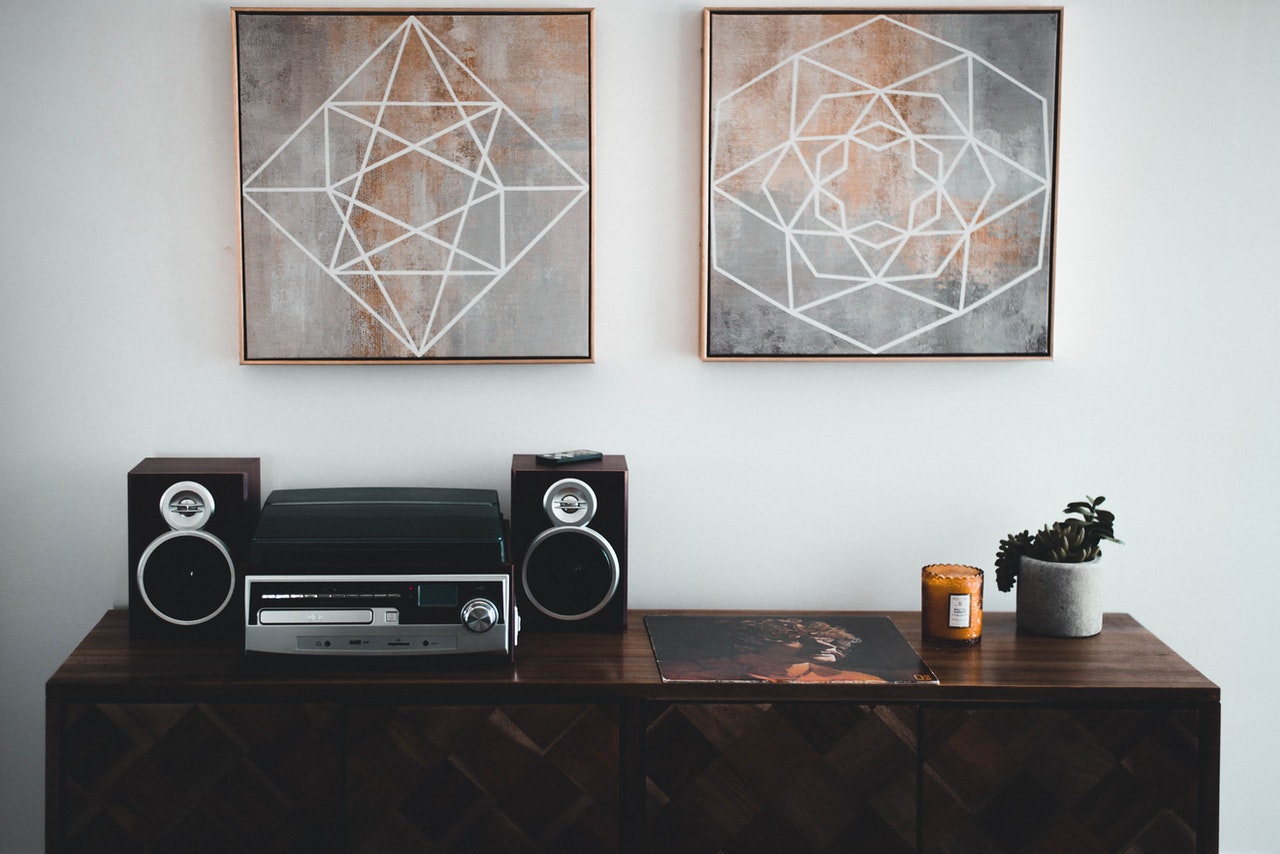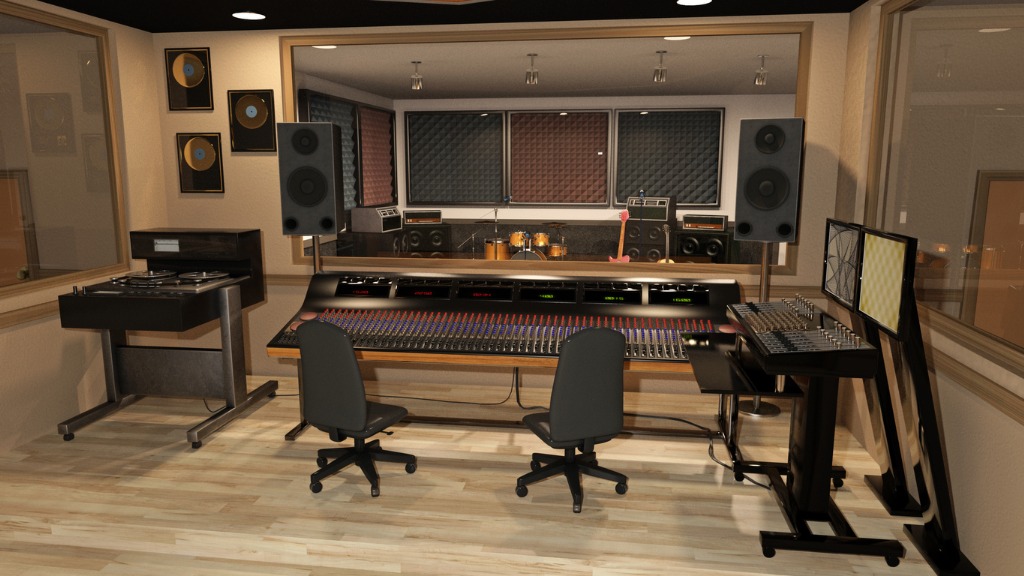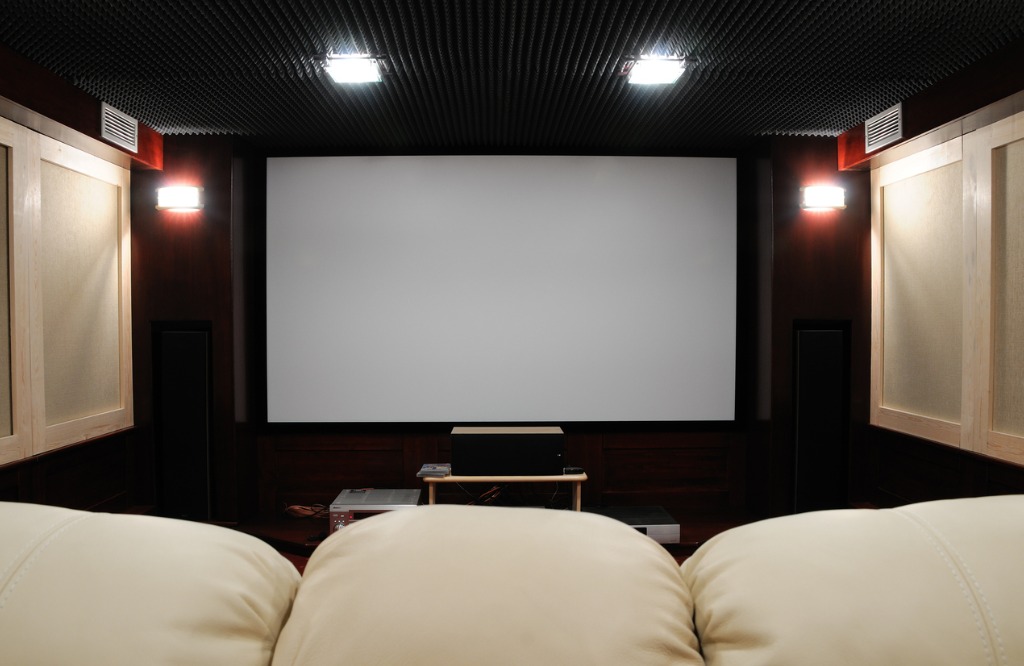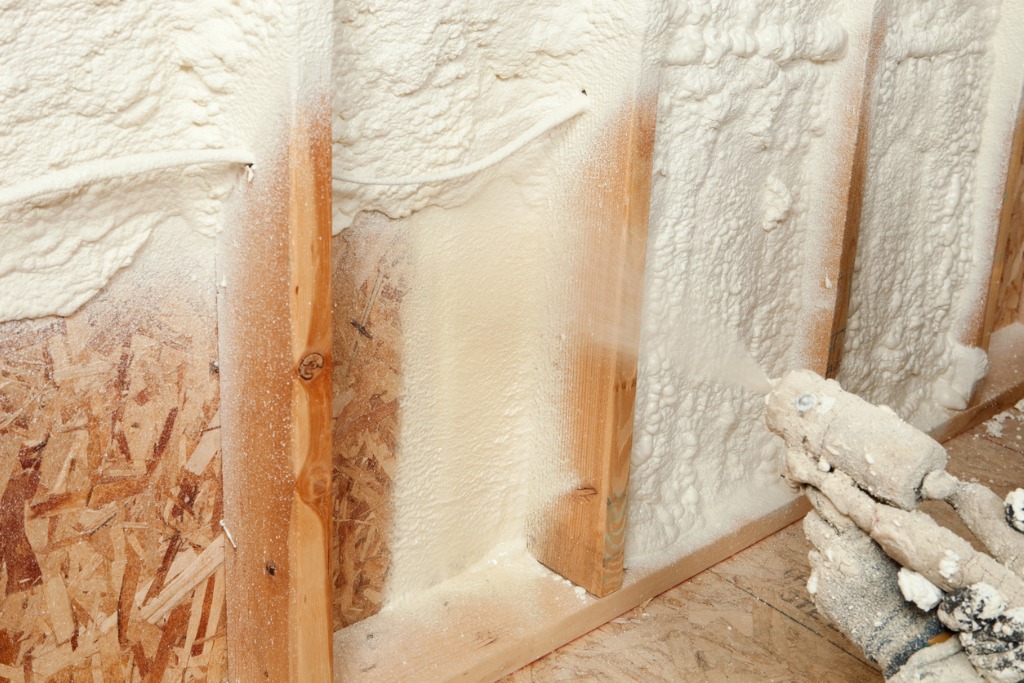
Sound can be a wonderful thing, but the sound you don’t want to hear is simply noise: a nuisance that makes sleeping, studying, and working practically impossible.
If you’re having a noise problem, the simplest solution is to kill the sound at its source. Unfortunately, that’s not always an option. What if you live near a noisy bar or a construction site? What if your neighbors are too stubborn with their Monday night Karaoke?
No matter what your sound problem is, the solution is clear. You need to soundproof your home, and A+ Insulation can help you do it.
Understanding the mechanics of sound
Before getting into soundproofing, allow us to give you a quick lesson on acoustics.
There are two types of sound: structural and airborne. Structural sounds are vibrations carried through objects, such as a hammer banging on the wall or footsteps on the floor.
On the other hand, airborne sound travels through the air; all sounds your ear picks up are classified as airborne. When structural sound becomes airborne, you hear it. Since these sounds travel differently, you’ll need different tools to address them.
Noise is categorized as an unwanted sound. Sounds other than the ones made by what you’re doing are considered noise.
For instance, if you’re talking on the phone, the television in the next room is noise. Conversely, if you’re watching a movie, a loud phone conversation nearby is also noise. Any unwanted sound is noise.
What makes sound problems difficult to solve? Sound waves travel the least resistant path, which makes finding the sound’s origin difficult. The noise that keeps you up at night may be sound entering the room through an electrical outlet or bouncing around an air vent.
Unwanted noise can also sneak into a room through a window, under a door, or any place that has space or a small hole. Even hanging a photo on a wall can compromise the wall’s soundproofing quality.
So if you’re not a big fan of noise, your best option is to soundproof your home.
What soundproofing does and how it works
To soundproof a room means lowering the intrusion of external noise while insulating the space to prevent noise from escaping the room.

In most cases, acoustic insulation is used to soundproof recording studios to prevent outside noise from interfering while an artist records their music, sound effects, or dialogue.
Soundproofing solutions block anything from nearby building work to voices to high levels of traffic noise. It also ensures outside parties and other neighbors are not disturbed by the activities inside the soundproofed room.
In recent years, many homeowners insulate and soundproof certain rooms or their entire home in response to noise from pedestrians, traffic, or loud neighbors.
How does soundproofing work?
Soundproofing tackles the two ways in which sound travels.
First, airborne noise poses a problem when a home has poorly-insulated and thin walls that have gaps in them (e.g. plug sockets). The lack of insulation encourages the sound to freely travel through the gaps in the wall without being absorbed.
Soundproofing against airborne noise involves adding and dampening mass, which can be done by sealing up doors, floors, walls (often the main suspect), and ceilings, as well as adding insulation to keep airborne noise at bay.
Second, impact noise is a problem in homes where there are uninterrupted connections between houses or rooms in your home. For instance, if your brick wall doesn’t have a cavity, the sound’s vibrations will travel through the wall from one side to the other.
Addressing impact noise involves decoupling (creating small gaps) to disrupt the sound’s vibration flows. Adding mass with rubber insulation will absorb the remaining sound vibrations.
Soundproofing and insulation go hand-in-hand
Homeowners who want to achieve two goals with one home improvement project soundproof their homes with insulation.

The primary functions of insulation are to keep your home insulated and energy-efficient at all times, but it can also help you with noise problems.
Stopping sound waves from traveling from one room to another requires a quality insulation material between the source of the noise and the other area to absorb the noise’s vibrations and envelop it.
This is how insulation “soaks up” up the noise pollution, stopping it from intruding into your home.
In many cases, properly-engineered insulation systems reduce the noise of loud equipment, systems, and pipes. There are three major ways to soundproof a room.
- Sound absorption. This soundproofing technique, which uses acoustic insulation or dense foam, is the most common method used to absorb the sound inside of a room. Insulation slabs, for example, directly absorb the sound waves, which reduce the noise traveling through the walls.
- Decoupling technique. It removes a wall structure from another to lower the levels of sound vibration traveling from one room to another. Professional insulators fill the space between the two with acoustic insulation, depending on how much sound is being emitted, as well as on the thickness of the walls. Building a wall within the wall enables clear transmission of sound waves.
- Noise blocking. Another soundproofing option is to add more mass to the structure to reflect the sound energy into the room. Noise blocking can also convert noise into heat.
A note on insulation and soundproofing
Not every type of insulation reduces noise. For instance, reflective insulation, often installed in residential areas located in warmer climates, insulates the home by reflecting heat from the sun.
Radiant insulation barriers are often installed in the attic and under the roof, keeping your home comfortable and cool all year round. However, it doesn’t serve as an effective sound barrier.

If you’re looking for soundproofing insulation, choose foam insulation, fiberglass, and blown-in cellulose. These can be installed in the ceilings, floors, and walls of your home.
Apart from insulating your home, these materials can reduce the noise within and outside of your home. They create tight barriers that seal gaps that sound can travel through. Also, these insulation types are extremely noise-absorbent, ensuring no sound can escape.
Fiber insulation materials are good for thermal purposes, but they are not dense enough to offer high levels of noise absorption. However, when used in conjunction with acoustic roll products (which can be installed inside the wall), fiber insulation can significantly reduce the transfer of noise.
A rule of thumb on insulation and soundproofing: the denser the insulating material, the harder it is for the sound waves to remain audible. Use acoustic insulation on your ceilings, walls, and floors to ensure dampened sound.
Which rooms need soundproofing the most?
Your choice of rooms depends on the type of noise you want to block, as well as the layout of your home. As a general rule, soundproof the room closest to the sound source.
In most cases, homeowners spend the majority of their time at home in the bedroom to relax or sleep for several hours overnight. Other homeowners tend to spend their time in the living room during the evening. Also, most master bedrooms and living rooms are positioned at the front of the house, often the bedroom on top of the living room.
If exterior noise is your primary concern, soundproof your living room and bedroom. If loud neighbors are your concern, soundproof the room adjacent, above or below the source of the noise.
Other soundproofing and insulation tips
First, when soundproofing a room, start with the walls. Insulate the interior walls and soundproof them by filling the wall cavity with sustainable insulation. To stop the noise transfer between walls, fill the cavities between the exterior and interior walls.
If you don’t have the luxury of building a new room but still want a place of quiet, there are a few quick ways to soundproof your room.
- Soften the surfaces. Add plush furniture, carpeting, plants and window trimming to promote quiet.
- Seal the entrances. Gaps under the doors allow unwanted noise; the same applies to vents and electrical outlets. Properly sealing a room gives you quiet.
Insulate and soundproof your home with help from A+ Insulation!
If you want to insulate and soundproof your home, you can always choose a DIY approach, but if you want better results, it’s best to leave the job to the professionals.
Here at A+ Insulation, we offer superior insulation services that reduce the noise in and around your home. In our opinion, the best soundproofing insulation is spray foam, which provides A+ thermal insulation and soundproofing.
Our team has installed soundproof insulation for nurseries, children’s rooms, offices, and home movie theaters. We also cater to commercial property needs, as well as offer guidance on company offices and soundproofing conference rooms.
By using porous and light materials, both inside the drywall and on top of surfaces, we prevent sound from moving in and out of your home. Apart from keeping your home cozy, our soundproof insulation gives you peace and quiet.